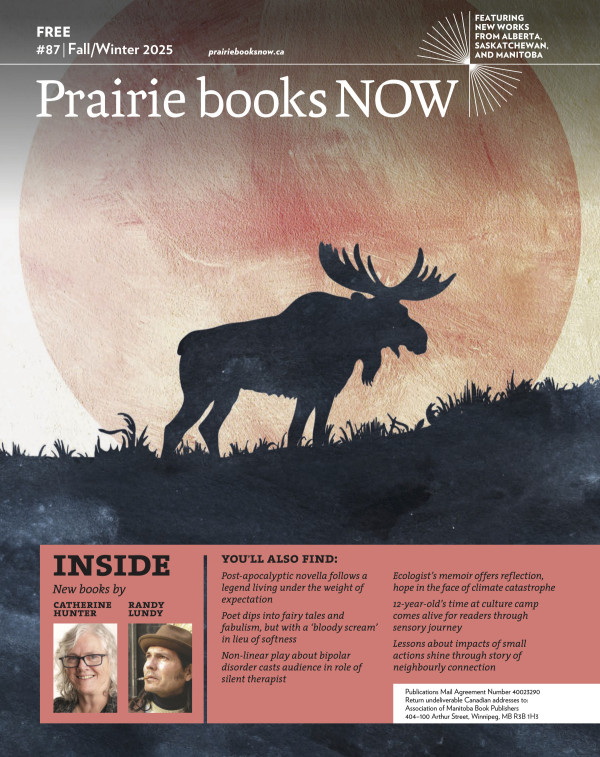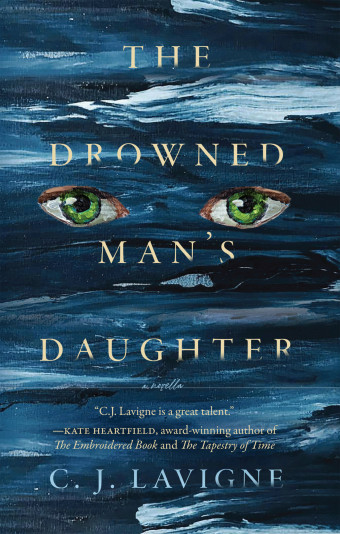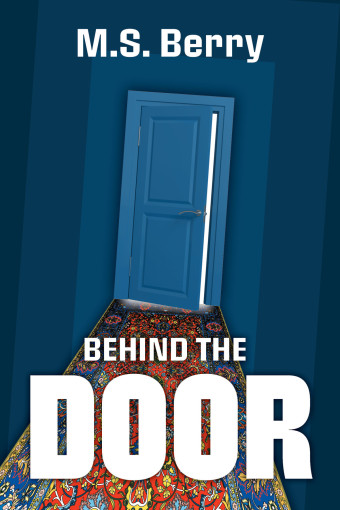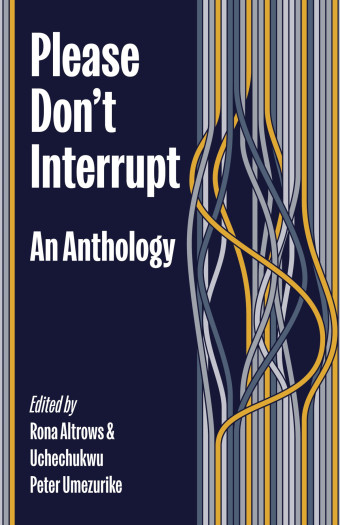Bruce Cinnamon doesn’t put a foot wrong in The Melting Queen, his fantastical debut novel. In addition to providing humour and a surreal plot, the author examines some serious themes: identity, friendship, betrayal, and politicians creating alternative histories.
A college student, Adam Truman, suffers through an Edmonton winter, waiting desperately for the relief of Melting Day. This is the day when Edmonton comes to life with a carnival atmosphere and the naming of the Melting Queen, a woman who will keep the spirit of the day alive throughout the year.

- The Melting Queen
- Bruce Cinnamon
- NeWest Press
- $20.95 Paperback, 224 pages
- ISBN: 978-19-88732-50-3
Cinnamon explains the idea behind the Melting Day festival: “I remember standing in the University of Alberta’s humanities building and watching the ice on the river start to break up and flow away. It was such a beautiful, powerful sight to behold, and it made me think about how important that moment is for our city – that key signal that winter is over and spring has arrived.”
Adam is anxious to meet his best friends – Sander, who hibernates through winter, and feminist Odessa, who escapes to warmer climes – to share his frightening winter experience: when he looks in the mirror, he no longer recognizes himself. Odessa understands that Adam is genderfluid, a concept that Sander finds difficult to grasp.
Cinnamon remarks that one of the reasons he wrote The Melting Queen was “to show one person’s journey to a genderfluid identity, and to give some emotional weight to a subject that can often feel like a rarified academic concept that only ivory-tower gender theorists understand.” People around Adam don’t understand, and they get it even less when he takes on a new name, River Runson.
River considers Edmonton a city to escape from, but Cinnamon says, “I think Edmonton is a really strange and wonderful city. Once you’ve been around the world, it’s amazing how isolated Edmonton feels – perched on the northern edge of the Prairies, far from the excitements and dangers of the world. I love this hidden-gem quality, just as I love the absolutely bonkers local history of Edmonton.”

A lot of this history ends up in The Melting Queen, and it dramatically imbues the visions haunting River. Cinnamon did a lot of research, and it shows. “I spent literally hundreds of hours reading obscure histories of Edmonton, visiting the city archives, and refracting this real history through the kaleidoscopic prism of my whimsical novel.”
The first Melting Queen is proclaimed in 1904, and violent, ugly events from that era, unfortunately repeated in the present day, show that the world is still not safe for people who are perceived to be different. Cinnamon remarks, “Yes, there has been progress, but maybe not as much as we think, and it’s maybe not as permanent as we imagine if we don’t fight for it.
“One of the ideas I wanted to play with in The Melting Queen is the cyclicality of history – there is always something wrong with the Melting Queen, and every era always has people who are upset by changes and challenges to the status quo. I wanted to disrupt the narrative of relentless progress.”













